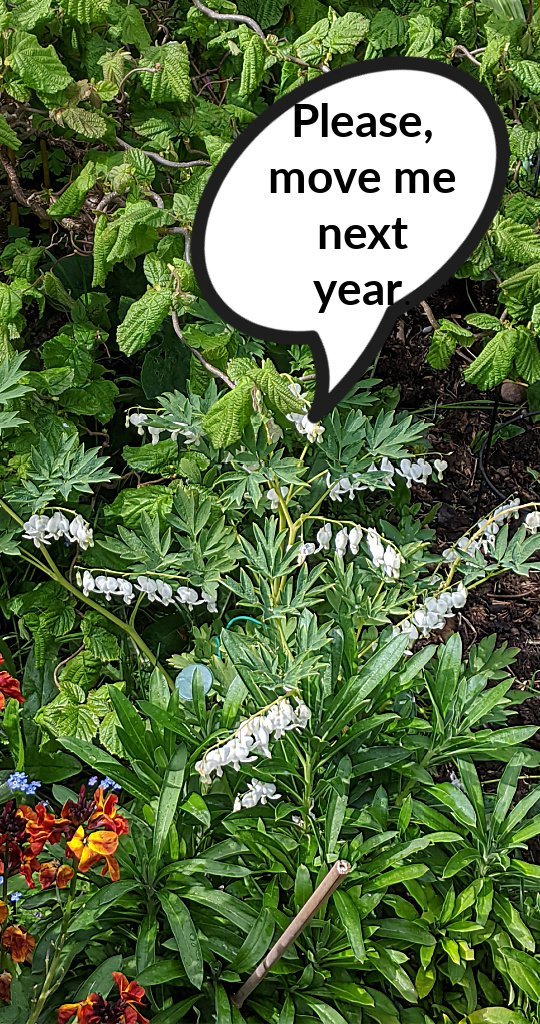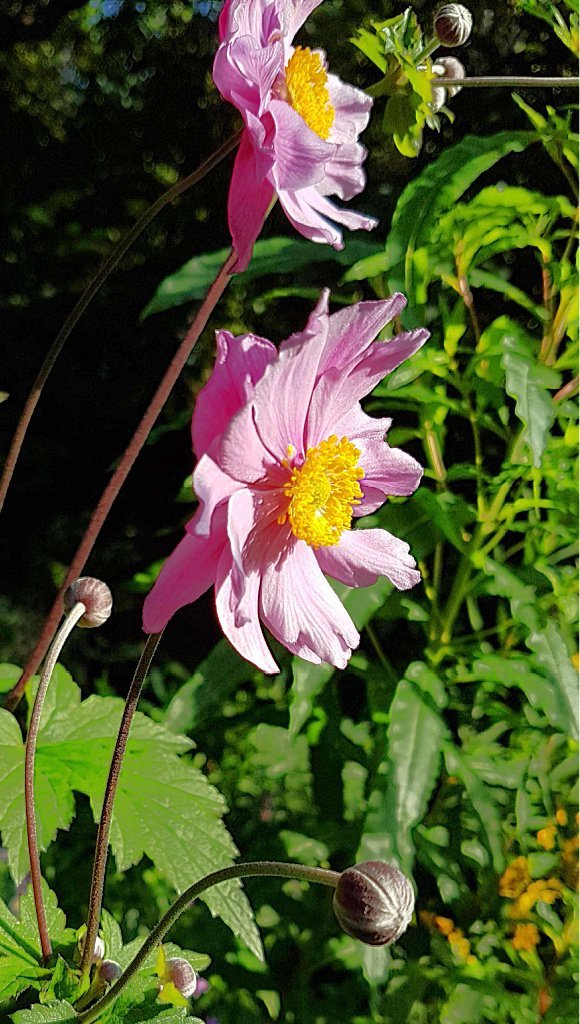Picture the scene. Somewhere between the island of Chusan and the China coast in the middle of last century, a Chinese trading junk is being rapidly overhauled by a pirate craft, intent on robbing and sinking the vessel. The pirates sail to within twenty yards of their prey then unleash a broadside.
Suddenly, up pops a young Scotsman from the trader and rakes the pirate decks with his double-barrelled shotgun. Amid screams and bloodshed, the pirate helmsman abandons his post, his ship heels over, sails flapping, and the trading vessel escapes.
It may read like something out of a Russell Crowe movie, but in actual fact it was just one episode in the life of the plant collector Robert Fortune. He had to repeat the tactic several times to fend off pirate attack on the same voyage in the Far East.
Who said gardening was for wimps? Some of these plant hunting pioneers had to face life threatening situations to get their names on to plant labels.
Robert Fortune’s expedition to China


Robert Fortune (1813-80) was born at Edrom, Berwickshire. He first went to China on behalf of the Royal Horticultural Society, arriving in Hong Kong in the middle of 1843.
This was quite early in Queen Victoria’s reign and royalty and all those with the money and leisure time to build grand gardens were to be amazed at what the young Fortune was to find.
By the next year he had despatched a whole wave of new plants to the Society back in London.
There were chrysanthemums and the bonnie Japanese anemones Anemone Japonica, of autumn for starters, along with winter flowering honeysuckle Lonicera fragrantissima, plus the winter flowering jasmine that’s cheery with its wee yellow flowers on bare stems.
And for spring there was Dicentra spectabilis that’s still a firm favourite today, and often called the Bleeding Heart, (unless it’s the variety ‘Alba’ – the one I happen to have!)
Another spring flowering discovery was one of the forsythias, any of which give a brilliant yellow display in spring on bare wood and are usually fully hardy given a bit of protection.
Robert Fortune and those Japanese Anemones
Robert Fortune passed through Shanghai on his travels. It was here that he collected those well-known Japanese anemones. He found them growing amongst the tombs on the ramparts of the old city.
From the same place he found the ‘blue plumbago’ Ceratostigma plumbaginoides. This is a fine plant if you can keep it going in a very sheltered spot. The blue flowers and autumn tints are the incentive – but I’ve never had any luck! It’s just too fusionless for this neck of the woods.


Britain’s grubby empire wars
By the way, he was collecting mostly around Shanghai and other ‘treaty ports’ such as Amoy and Canton because this was just after the grubby episode in Britain’s Victorian mercantile activities known as the ‘Opium Wars’.
It’s when Britain went to war on behalf of drug dealers.
A humiliated China was at that point hostile to outsiders and Fortune couldn’t just wander through the land.
(This was the period when the word ‘kowtow’ came into English. It meant prostrating in front of the emperor. Naturally, this was seen as an outrage by the pompous Brits. “Rolls eyes.”)
Anyhoo, Fortune explored the island of Chusan – then under British control – finding the Chusan palm, Trachycarpus fortunei, hardiest of the palm family, and he was amazed by the way that Wisteria sinensis festooned the trees and hedgerows.
Wisteria is worth a go, if you can give it a warm wall, even in the north – though it does better in the west of Scotland.
Plant hunter in disguise
From Chusan, he also sent back the ancestor of the pompom chrysanthemum, sometimes called the Chusan daisy. He noticed another fine shrub growing in a mandarin’s garden in Chusan. This turned out to be the reliable Weigela florida, now the parent of so many other easy to grow cultivated forms of the weigela in all shades of red and pink.

At one stage he was wandering around mainland China disguised as an itinerant Chinese beggar, as the still volatile situation did not allow foreigners to travel in the interior.
He still managed to come back with a fine yellow tea rose and a white form of Wisteria sinensis, among other things.
It is thanks to his twenty years of expeditions that we enjoy some of the most rewarding plants in the garden, including notable autumn and winter flowering species.
